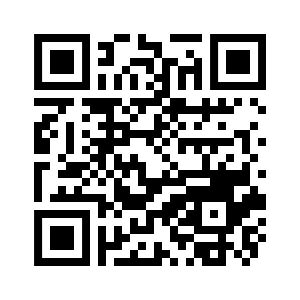Model Lewin Dalam Manajemen Perubahan Teori Klasik Menghadapi Disrupsi Dalam Lingkungan Bisnis
DOI:
https://doi.org/10.33557/mbia.v19i2.989Keywords:
Change Process, Refreezing, Leadership StyleAbstract
At present, the business environment is entering its third decade in the 21st century. Business today is more modern and dynamic and is colored by various disruption. Disruption, in this case, is the disruption of technology, politics, economy, and social culture. In the management of organizational change, Lewin's model is known as a classical theory and as a guide for organizations to implement, manage, and evaluate change. This study aims to identify whether Lewin's model which is considered a classic is still adaptive for use in a business environment that is recruited. By using conceptual research methods it is known that the three stages of Lewin put forward the individual or human as the root of change through the identification of the driving factors and drivers of change. In this model, the leadership style is more oriented to involvement, commitment, and support, and orientation to sharing knowledge for the success of the change process in the organization. With these factors in Lewin's stage, changes as a result of the disruption in the business environment in the organization will be effective.
Abstrak
Pada saat ini lingkungan bisnis memasuki dasawarsa ketiga dalam abad 21. Bisnis pada saat ini lebih modern dan dinamis dan diwarnai oleh berbagai disrupsi. Disrupsi dalam hal ini adalah disrupsi teknologi, politik, ekonomi dan sosial budaya. Dalam manajemen perubahan organisasi, Model Lewin dikenal sebagai teori klasik dan sebagai pedoman bagi organisasi untuk mengimplementasikan, mengelola dan mengevaluasi perubahan. Penelitian ini bertujuan untuk mengidentifikasi apakah Model Lewin yang dianggap klasik tersebut masih adaptif untuk digunakan dalam lingkungan bisnis yang disrutif. Dengan menggunakan metode penelitian konseptual diketahui bahwa tiga tahapan Lewin mengedepankan individu atau manusia sebagai akar dari perubahan melalui identifikasi faktor pendorong dan penggerak perubahan. Dalam model ini juga mengedepankan gaya kepemimpinan lebih berorientasi pada keterlibatan, komitmen dan dukungan serta orientasi berbagi pengetahuan untuk keberhasilan proses perubahan dalam organisasi. Dengan faktor-faktor tersebut dalam tahapan Lewin, perubahan sebagai akibat dari adanya disrupsi pada lingkungan bisnis pada organisasi akan berjalan efektif.
Kata kunci: Proses Perubahan, Refreezing, Gaya Kepemimpinan
Downloads
Published
Issue
Section
License
MBIA Universitas Bina Darma Jalan Jend. A. Yani 13 Ulu Palembang 
MBIA by http://journal.binadarma.ac.id/index.php/mbia is licensed under a Creative Commons Attribution-ShareAlike 4.0 International License.











